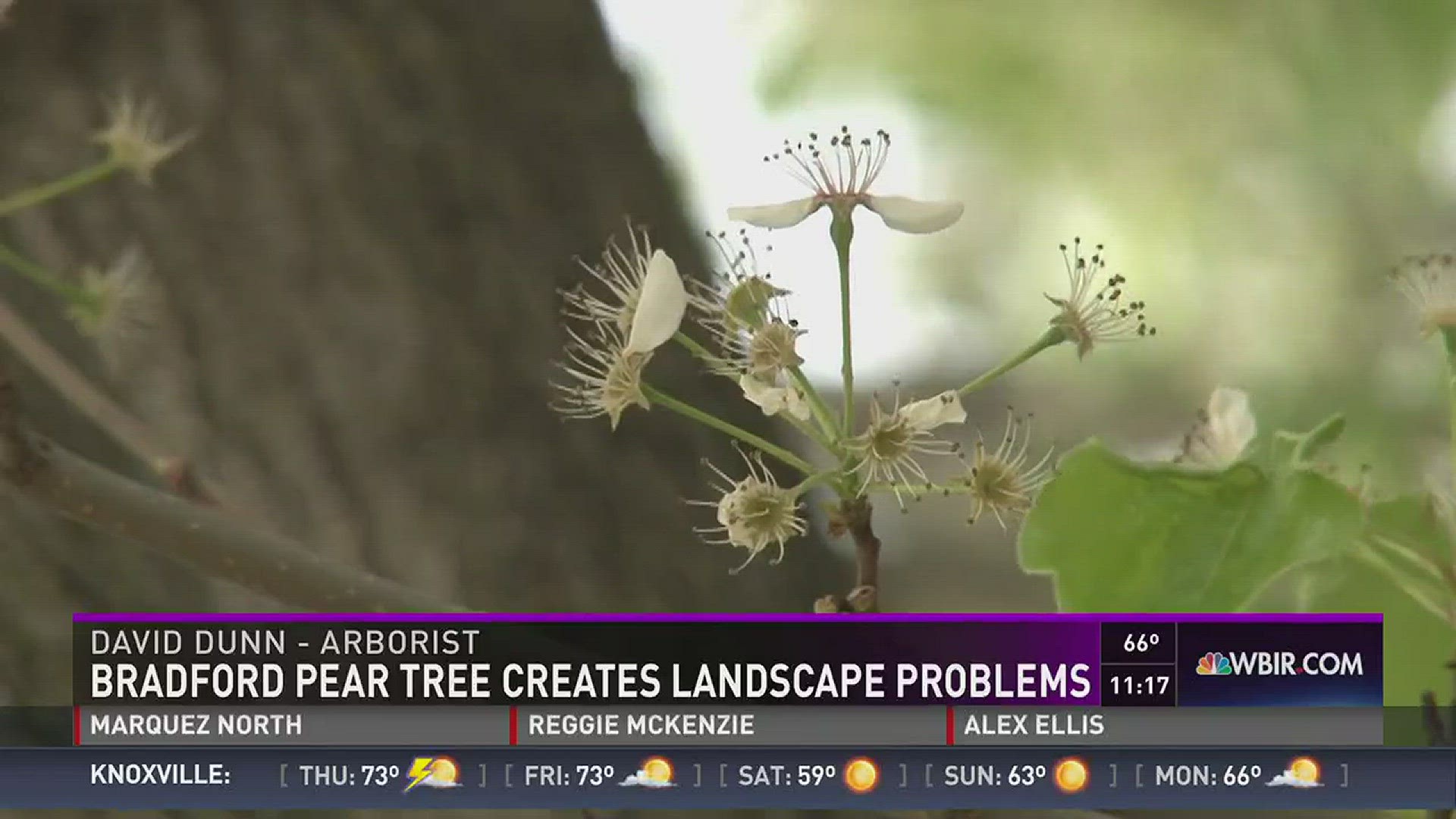(WBIR) Bradford pear trees are one of the first trees to bloom in the spring in East Tennessee, but tree experts are warning that they are causing problems for the area.
Kasey Krouse, the urban forester for the City of Knoxville, said he has been trying to educate the public on the potential ramifications this tree can cause for the environment.
He said the Bradford pear tree became popular in East Tennessee 15 to 20 years ago. Originally, the trees' limbs often broke from strong gusts of wind or ice, and he said people then tried to create different cultivars for a stronger tree, which has now resulted in a hybrid-type tree.
"It was a hot tree to plant at that point in time, and it wasn't until 15-20 years later, just in the recent history, that we started seeing the real problems associated with the pear tree," Krouse said.
Birds started spreading the seeds across the landscape, he said, and the trees began growing in fields or along highways, in addition to residential neighborhoods.
Krouse now fears that the trees, if left uncontrolled, will push out other native vegetation.
RELATED: The Curse of the Bradford Pear
"These pear trees are starting to out-compete a lot of our native vegetation," he said "...which is truly a great example of what we consider an invasive species."
David Dunn is an arborist with Cortese Tree Specialists who advises clients on which trees best suit their landscape.
The Bradford pear tree is not one that Dunn recommends.
"If you want a disposable tree or a quick growing tree then you can get one but just shouldn't expect it to last long term," Dunn said.
The trees typically last on average 12 to 15 years before the structure begins to split, he said. If someone wants to keep the tree much longer than that, Dunn said it will take some major upkeep.
"If you do want to try to keep it long term, you usually have to do some drastic pruning on it, keep it maintained," he said.
Krouse and Dunn recommend planting species that are more native to the area. They said crab apples, dogwoods, redbuds, and flowering cherry trees are good alternatives with similar looks.

